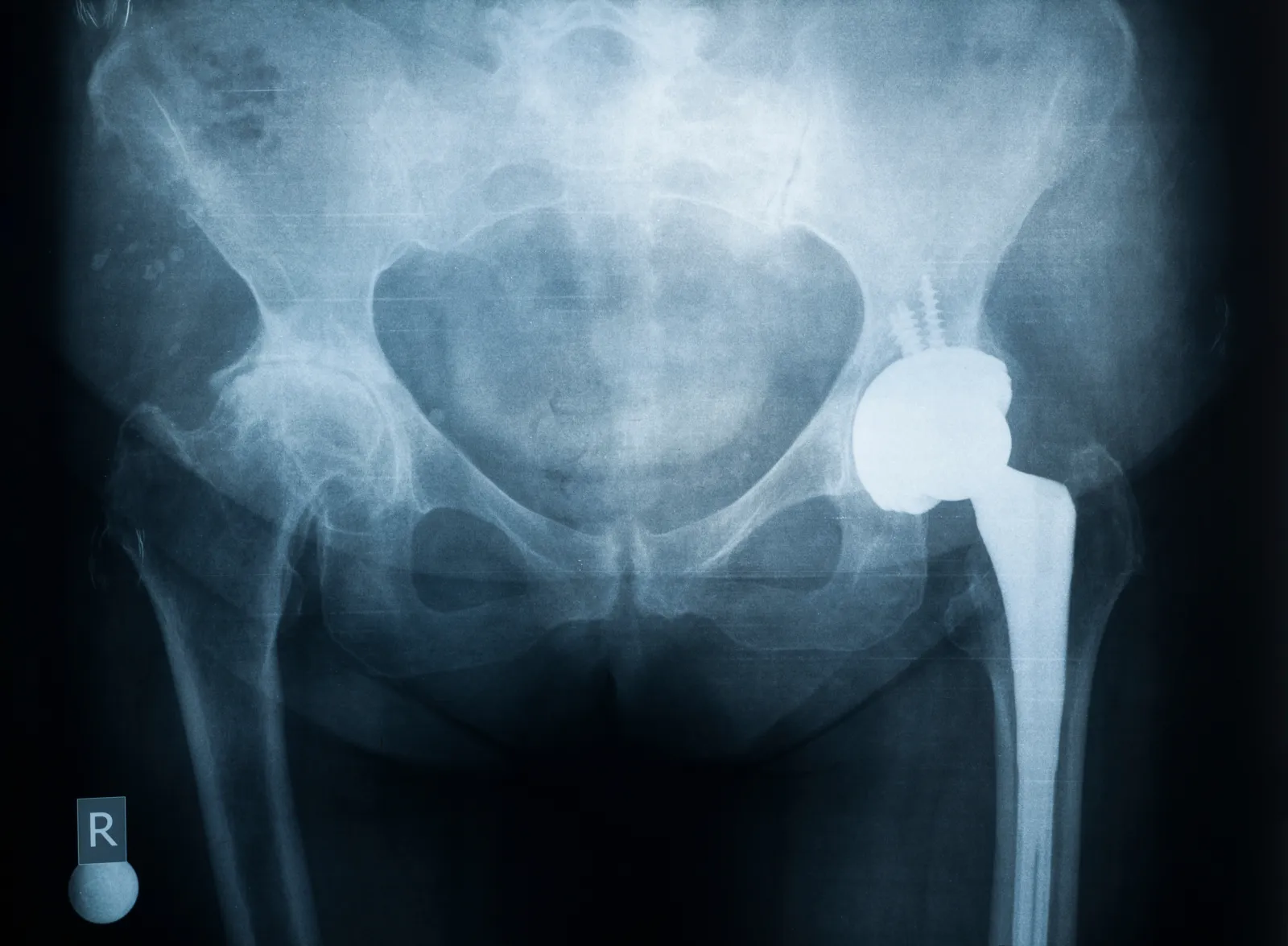
By being active participants in the recovery process, patients can promote fast healing and a successful surgical outcome. Here, the surgeons from Orthopaedic Specialists of Austin discuss hip surgery aftercare practice. These tips benefit our Austin, TX, patients as they recover from their hip procedure.
Prepare a Recovery Area
It is important that patients have a safe and comfortable place to recover following hip surgery. We recommend that our patients set up a recovery area in their home prior to surgery, or ask friends or family members to set an area up while they are in the hospital.
To make things easily accessible and comfortable, keep these these tips in mind:
- Furniture should be rearranged to make room for the use of a walker, crutches, or cane
- Items that are used frequently (such as remote controls, reading material, phone, etc.) should be placed where they can be reached without bending or reaching up
- It is beneficial to have a comfortable chair that has a high, firm seat, and preferably has the ability to recline
Follow Wound Care Instructions
When patients go home from the hospital following hip surgery, the incision site will be covered with surgical dressing. It is important that patients keep the wound dry and clean as it heals. We provide patients with instructions regarding how to clean the incision site, and how often to change bandages. These instructions should be followed closely to minimize the risk of infection.
Any signs of infection (such as unusual drainage or a reddening of the skin around the incision) should be reported to Orthopaedic Specialists of Austin as soon as possible.
Managing Swelling
Swelling is a common side effect of hip surgery and should not be cause for concern. However, patients should take steps to manage swelling so that it does not get out of control or cause unnecessary discomfort.
To reduce swelling, our Austin patients may try these tips:
- Keep the legs elevated when sitting or resting
- Apply ice packs or cold compresses to swollen areas
- Wear compression stockings
Take Medication As Directed
Following hip surgery, patients may be directed to take a number of medications, including prescription drugs and those sold over-the-counter. Possible medications include antibiotics, pain pills, blood thinners, anti-nausea medication, and stool softeners.
It is important that patients take any medication exactly as directed. These medications are essential to preventing infection and other post-surgical complications, and will also make the recovery period more comfortable for patients.
Stay Active
Physical activity is very beneficial following hip surgery, so we encourage patients to walk if possible in the days following their procedure. It is important not to push things too far, though. Patients should follow doctor's instructions regarding how much weight to put on the hip and whether a walking device should be used.
In addition to walking, patients will likely be given a number of physical therapy exercises to perform. These should be done as directed to improve muscle tone and enhance hip flexibility.
Other beneficial activities as hip strength and mobility returns include low-impact exercises, such as bicycling and swimming. These types of sports can be resumed once the patient has been cleared by the doctor.
Contact Our Surgeons
If you have questions about hip surgery or the recovery process, the surgeons at Orthopaedic Specialists of Austin can provide you with more information. To get in touch, send us a message online, or call us at (512) 476-2830.
